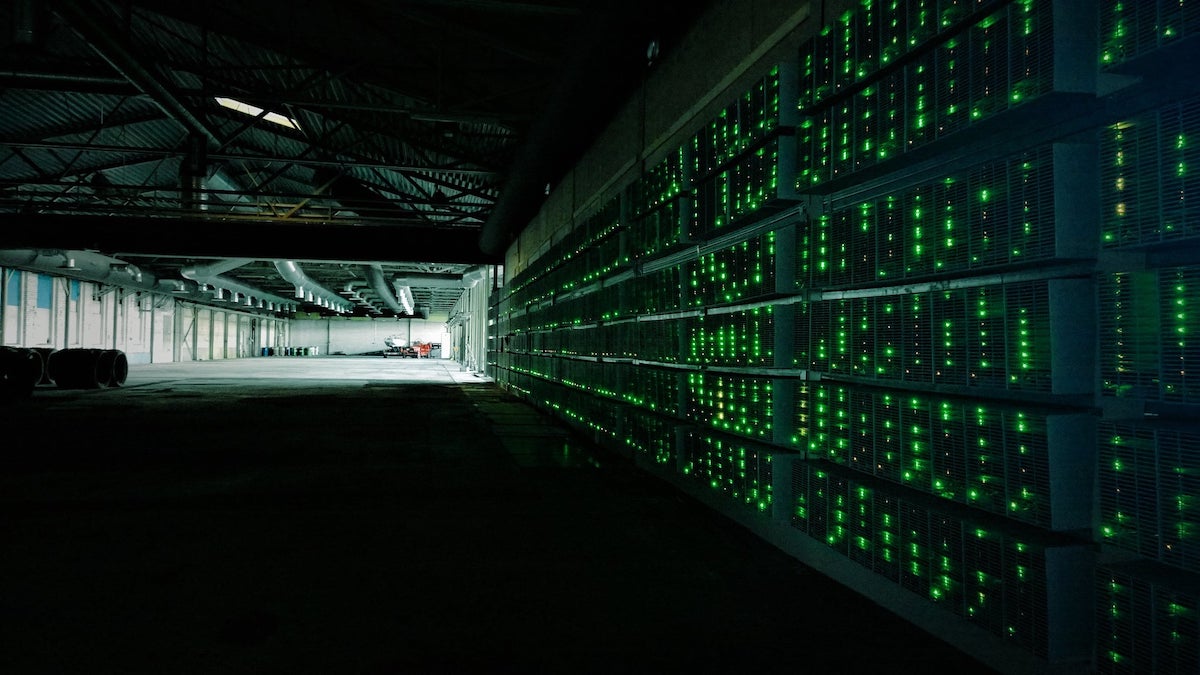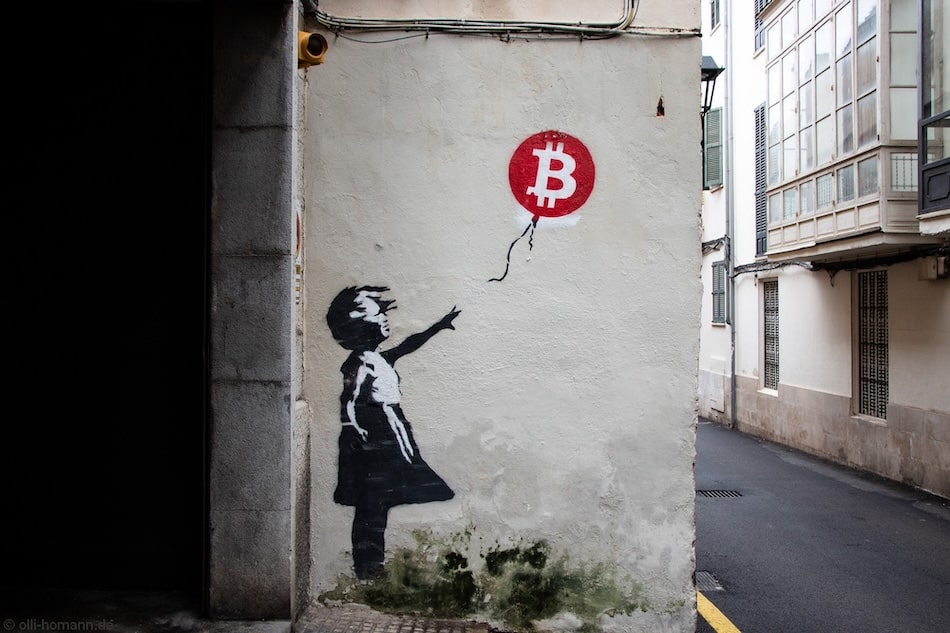
Iran has emerged as the world’s fourth-largest bitcoin mining hub, but a vast majority of its mining activity is operating without government approval.
According to Akbar Hasan Beklou, CEO of the Tehran Province Electricity Distribution Company, over 95% of Iran’s 427,000 active bitcoin mining devices are unlicensed, taking advantage of subsidized electricity and putting the national grid at risk.
Illegal mining strains Iran’s power grid
Beklou explained that these unauthorized operations consume more than 1,400 megawatts of electricity around the clock.
Most illicit miners pose as industrial facilities to access cheaper power rates, resulting in significant stress on Iran’s energy infrastructure. B
eklou described the situation as follows:
“Iran has become a paradise for illegal miners.”
Authorities intensify enforcement
In response, authorities have launched a crackdown, shutting down 104 illegal mining farms in Tehran Province alone and seizing 1,465 machines—an amount of energy equivalent to powering nearly 10,000 households.
Inspections have uncovered mining operations hidden in underground tunnels and industrial sites, particularly in regions such as Pakdasht, Malard, Shahre Qods, and southwestern Tehran.
Citizens incentivized to report illicit mining
To bolster enforcement, Iran is offering cash bounties to citizens who report unauthorized bitcoin mining operations.
Informants can earn 1 million toman (about $24) for each illegal device identified.
This initiative, announced in August, is part of a broader effort to combat energy misuse.
Iran’s global mining footprint
Despite the crackdown, Iran remains a significant player, ranking fifth in global bitcoin hashrate distribution with a 4.2% share of the network’s computing power.
The United States leads with 44%, followed by Kazakhstan, Russia, and Canada.



